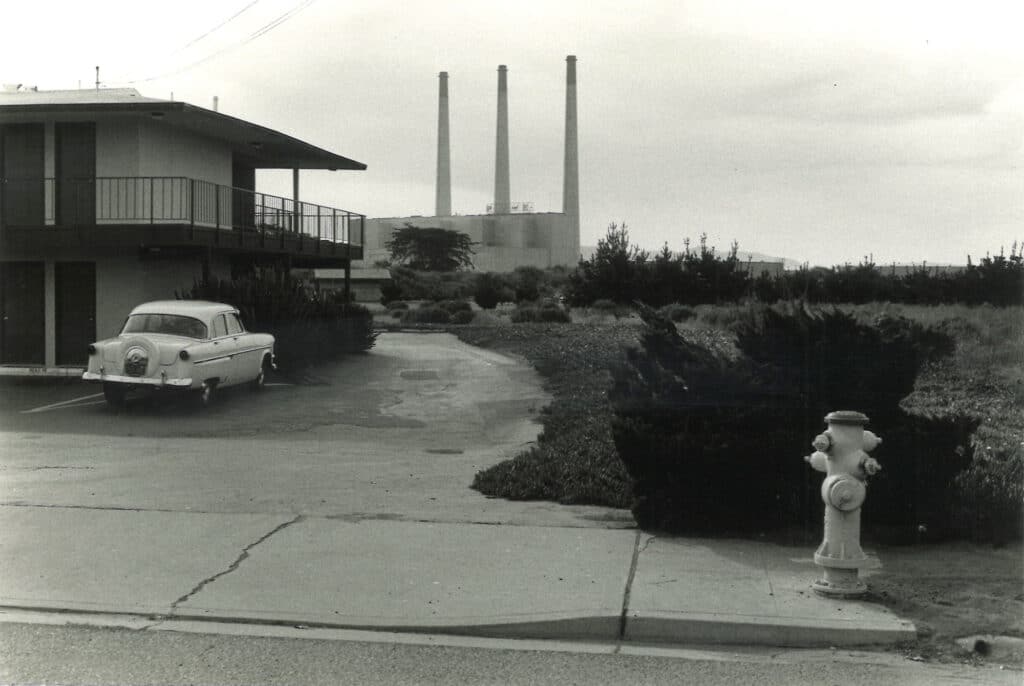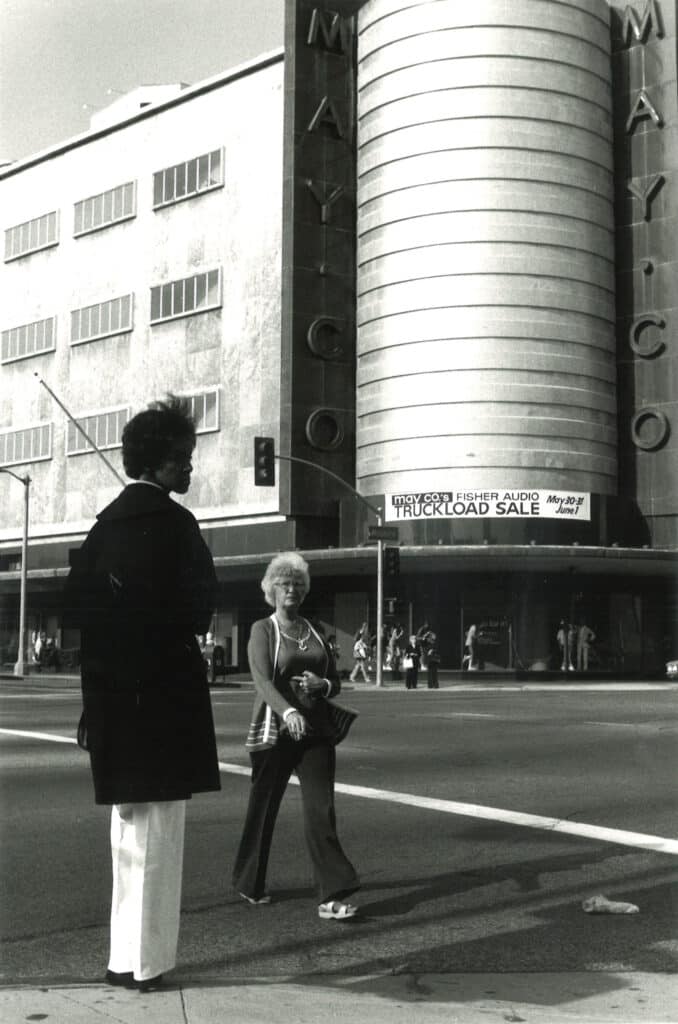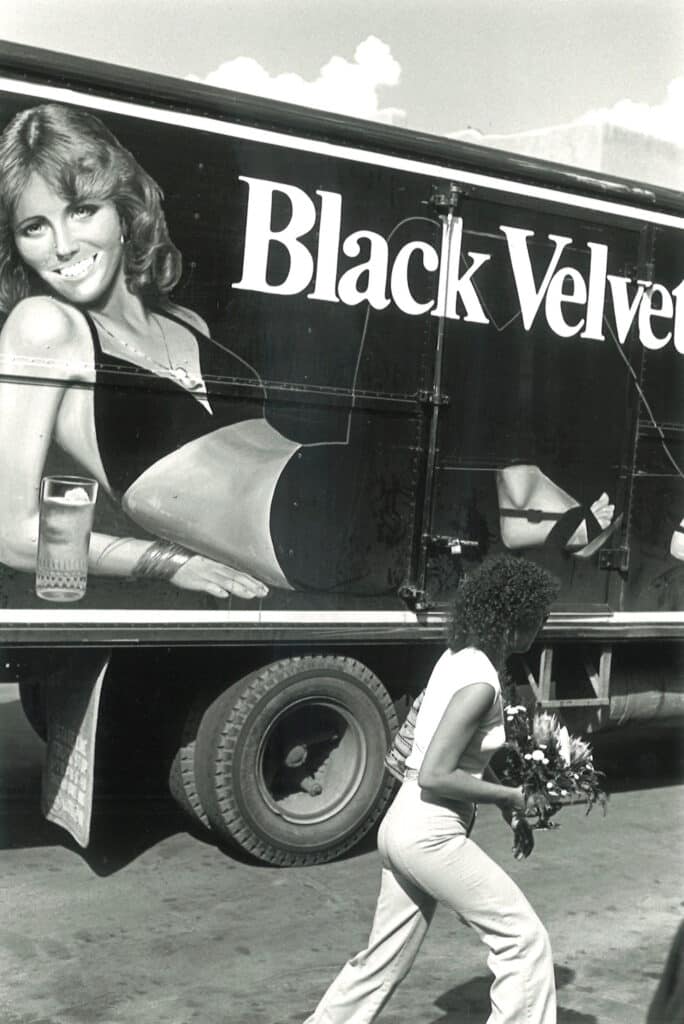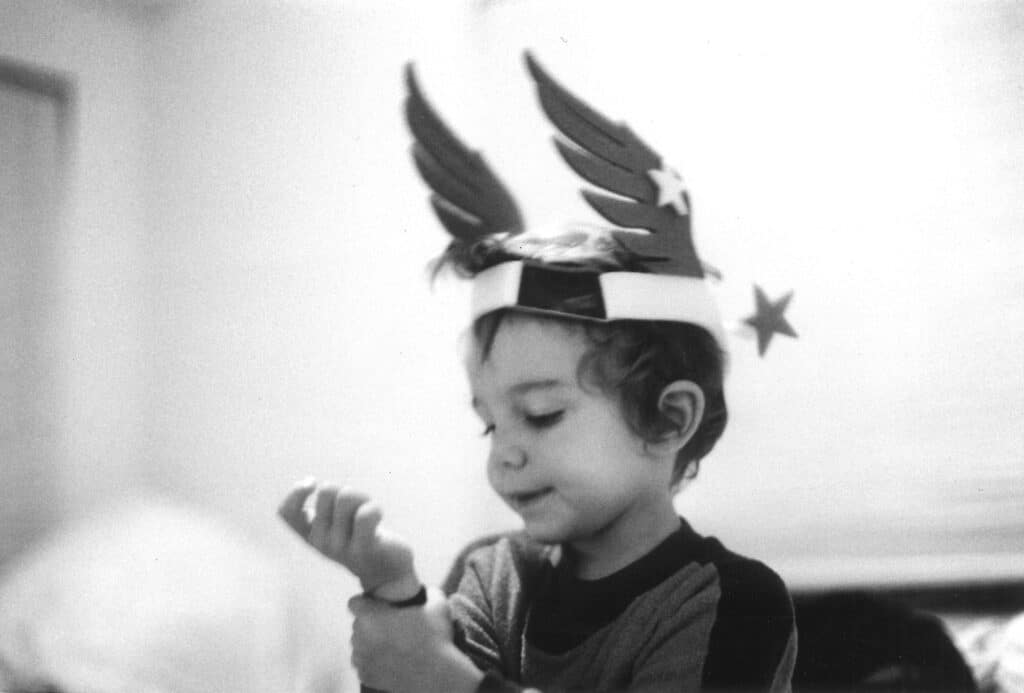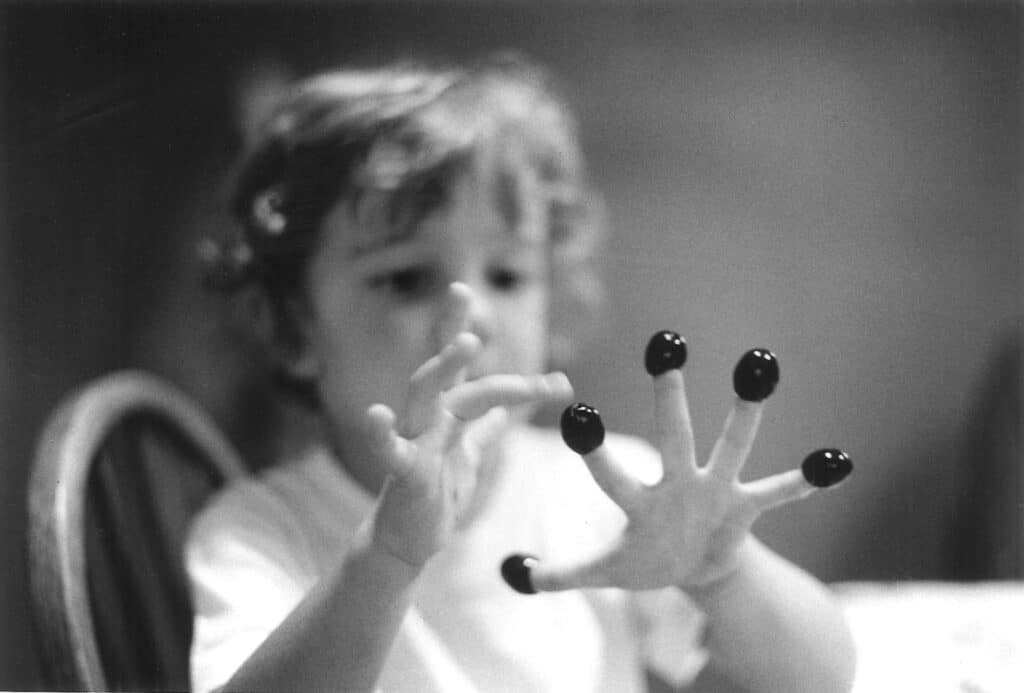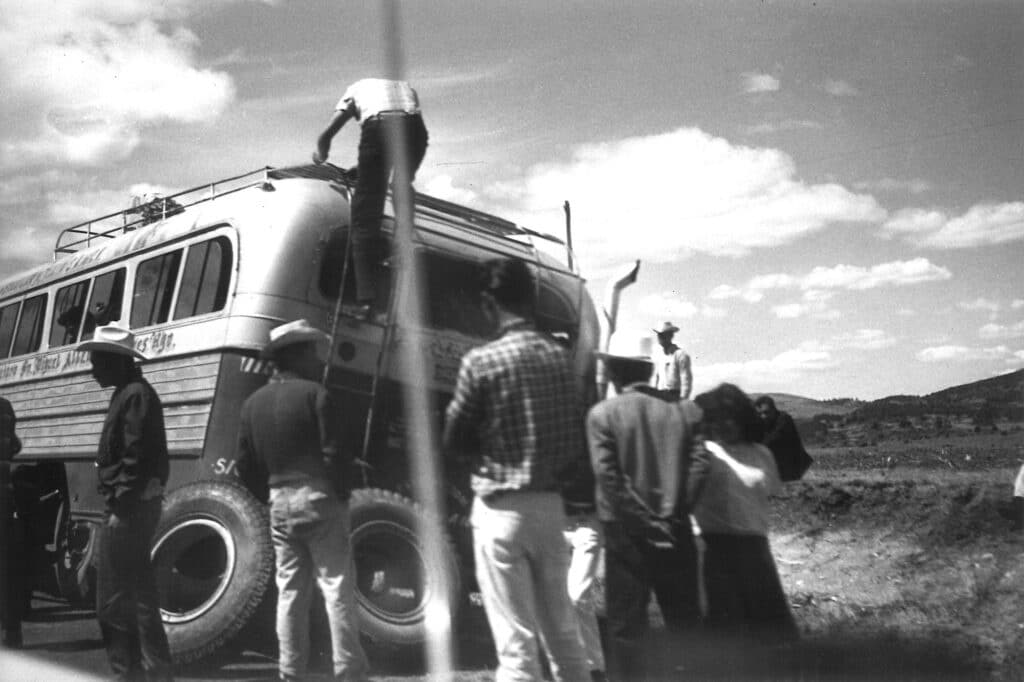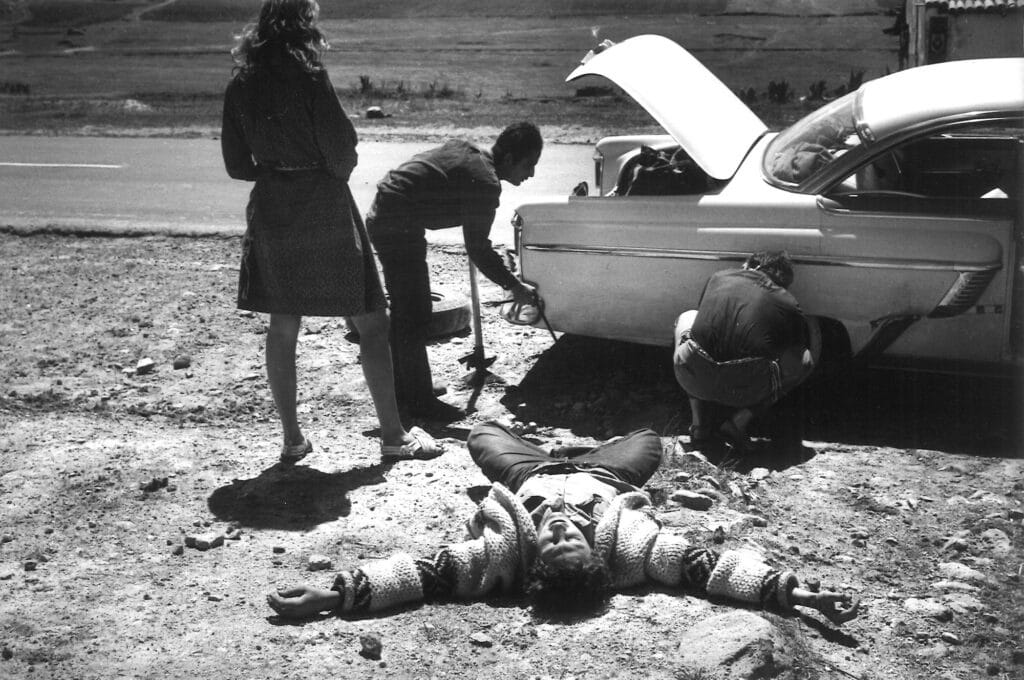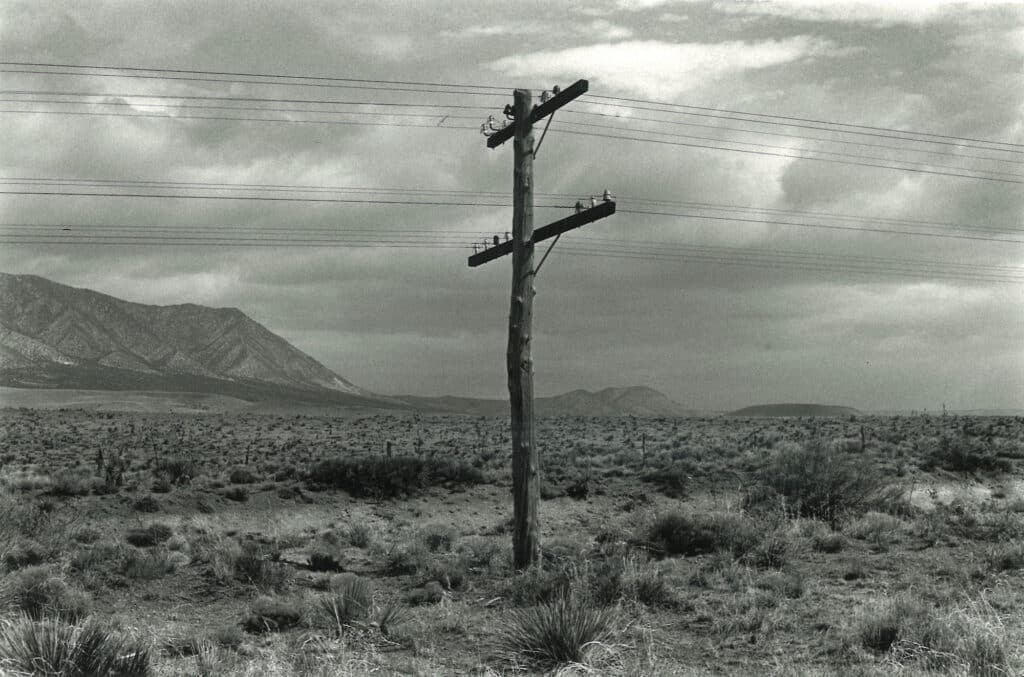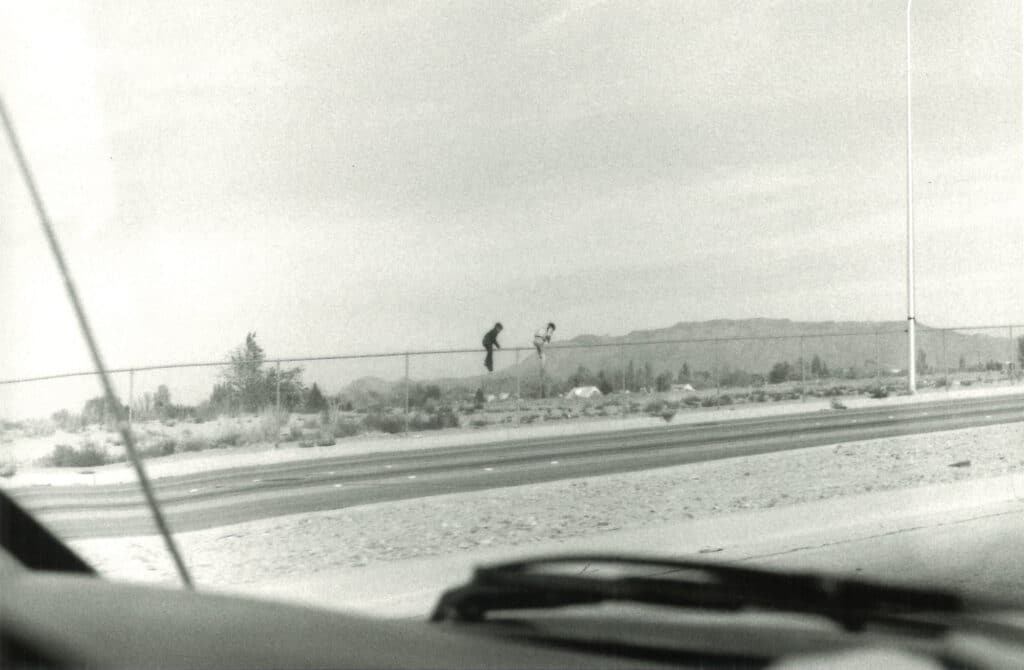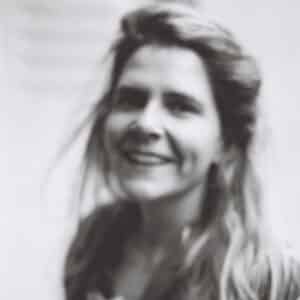When I pull up in front of his memories-filled home in La Ciotat, in south of France, Bernard Plossu is already waiting outside. We walk around the sun-bathed garden he is proud of, even as he notes that the house is proof of his sedentary life, he who had “always tried to get away.” Full of enthusiasm, sporting sunglasses that make him look like a young man, he immediately turns the conversation to his years of travel and photography. On tiptoes, I follow his rummaging through his archives, his musical references, his leaps from painting to cinema and back, and his autodidact’s attention to literature: “You must read Rosetta Loy, but on Italy start with André Suarès, oh, no, first Malaparte!”
He comments on all the boxes and multiplies digressions within digressions as we make our way through thousands of photos and negatives, sorted, annotated, superposed. A whole life in photographs is contained in those three rooms, stacked floor to ceiling. Jack London’s essay “What Life Means to Me” is laid out conspicuously, even though Plossu notes that he maintains an “extremely well-organized disorder,” alluding to passing on his work, which worries him a little. Even if discussions are already underway with institutions, these things take time. Such a complex legacy needs to be organized.
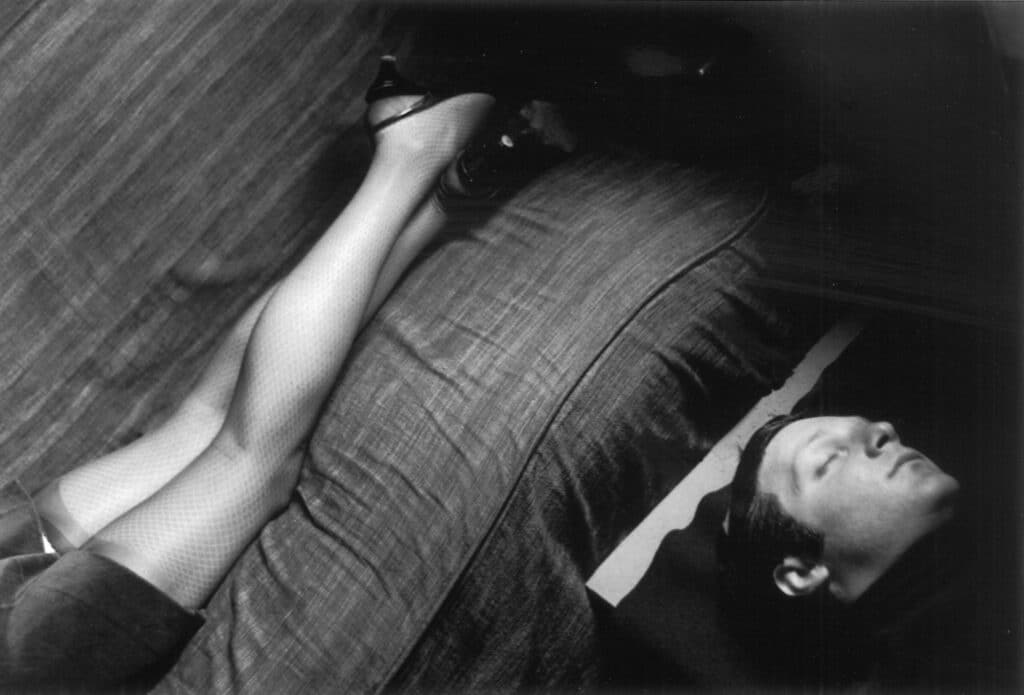
Bernard & Françoise
Plossu’s eyes are as keen as his memory, but his voice trembles. “I’ve lost the spark,” he says, before recovering composure and, in a burst of slightly forced self-mockery, quoting the last words of his friend Alain Le Saux: “Bernard, anything but pathos.” A precept he applies with elegance. Very quickly, I am made to understand that we are not alone. I am not just with Bernard Plossu, a legendary photographer too often compared to Robert Frank or Henri Cartier-Bresson: I am with Bernard & Françoise.
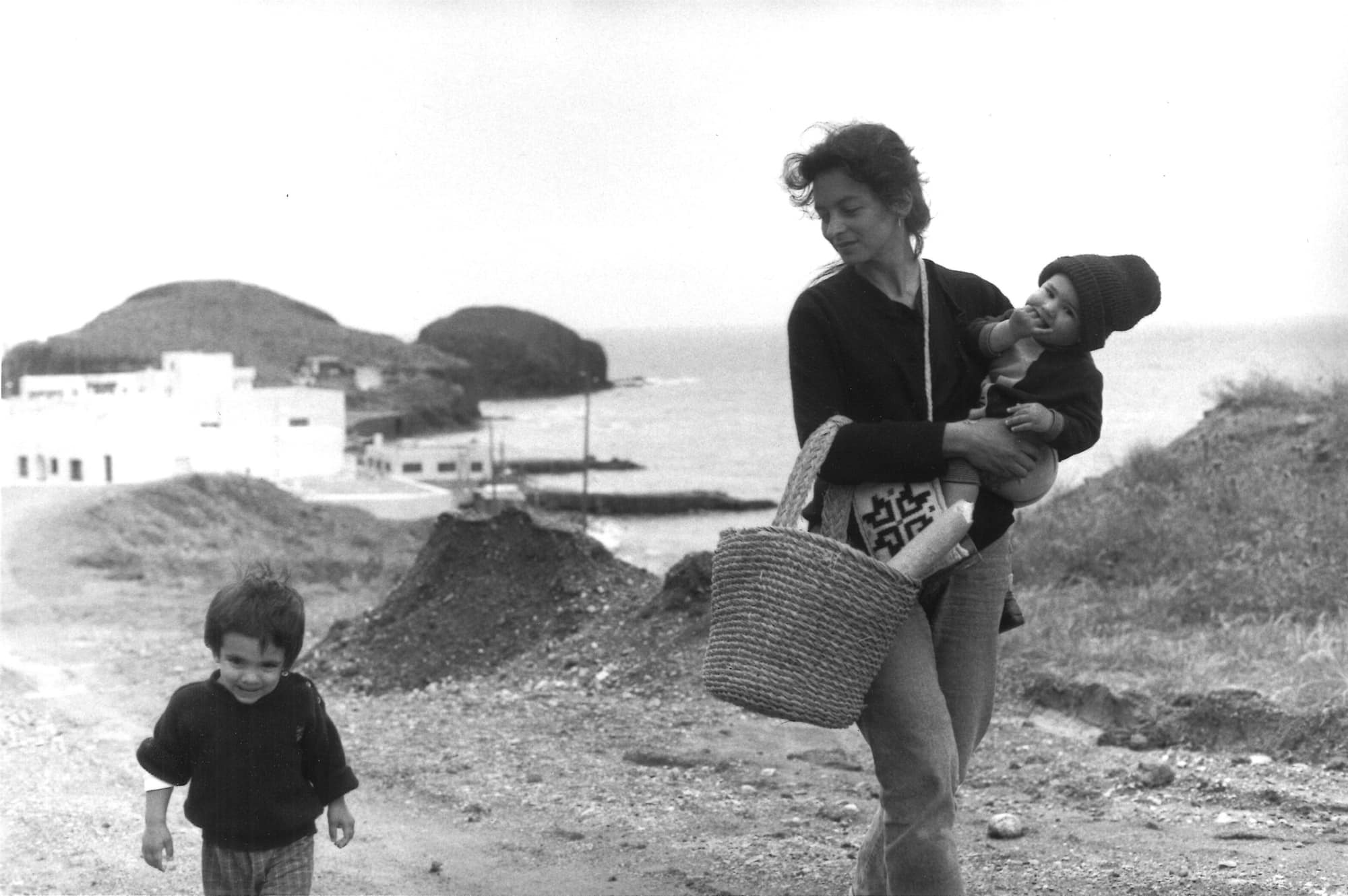
Françoise is no longer there, and yet she is there. Everywhere. In the archives, in the photos on the walls, which are work they had done together. Forty years of shared creation. Forty years of asking questions together about everything, of not being able to make any plans without the other’s approval. And yet, out of some two hundred books published by the prolific photographer, only four are signed with both names.
Somewhat mystified, I immediately ask about her role, but Plossu catches me off guard. He tells their story, the story of his intimate development, his choices, his total dependence on this woman he had loved above all else. It bothers him that she doesn’t have more of a presence in the history of photography. In a nod to Montaigne, he quips: “She loved my photos, I loved hers.” Françoise Nuñez is the name of that creative woman.
“Sometimes we were so close, so fused together, that we took the same photos but for different reasons”
You rarely hear of such love, one that takes over all else. So I asked him about it a lot. About his wife, their founding pact, their life together, their domestic life, the travel, their island in Italy, their children, and of course, how they met. It was at a picnic at photographer Jean Dieuzaide’s: he photographed her, and she photographed him. Something happened in Plossu’s eyes. He now feels lost without the one who lives only inside him: “Sometimes we were so close, so fused together, that we took the same photos but for different reasons.”
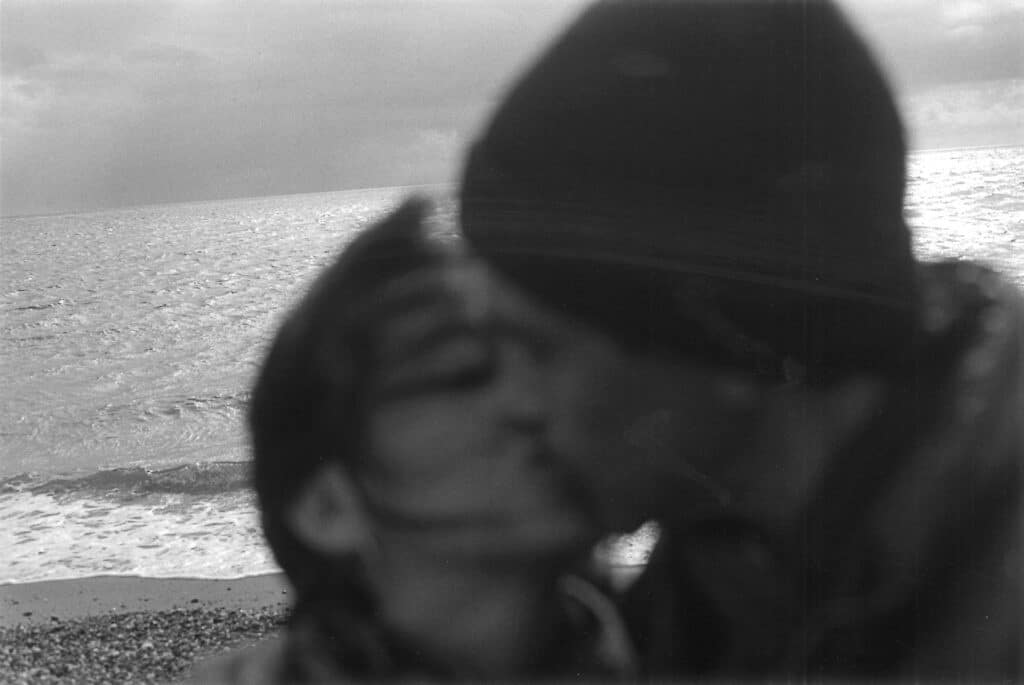
He returns to Françoise’s foundational role and to her accomplishments as a photographer, far beyond her work as a printer or muse. Making her name better known is also a form of homage or reparation, like a final battle to be waged. In addition, his next books will be devoted to the work of his wife, once Plossu has found, with the support of his friend Patrick Le Bescont (photographer and founder of the publishing house Filigranes), the courage to open her boxes.
Complementary and indispensable to one another, this couple had their modus operandi. While he photographed her a lot, she only took about fifteen pictures of him during the four decades they spent together. And when I ask him how this was possible, he answers, casually: “Lack of modesty doesn’t make for good photography.”
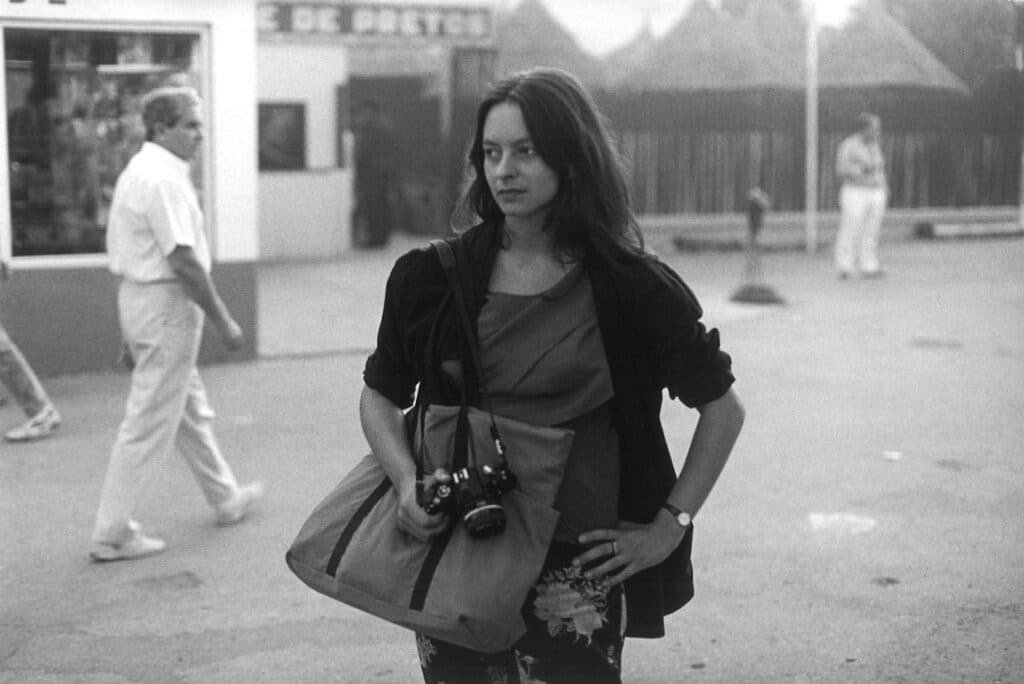
The life before
Then he places another book on the table, a work with an evocative title: Avant l’âge de raison [Before the Age of Reason]. I can sense he is proud to have produced this work, published in 2008; proud of the life he has documented, ahead of Sally Mann or Alec Soth. Seeing how the photographer has achieved this feat gives one an emotional jolt: just a few images manage to encapsulate a lifetime, capture the defining moments.
“In photography, we don’t capture time, we evoke it”
“I never thought a photo could cause pain,” he whispers between the pages as Françoise reveals herself, holding a child in her arms, with Bernard behind the camera, capturing these moments not to forget, to give himself the means to relive them. “In photography, we don’t capture time, we evoke it,” he recently remarked in a radio interview with journalist Laure Adler.
The story of his life with Françoise, of that which has made unthinkable anything that was not her, is the story of a love that began just after the “American years,” and which offers a key to interpretation. For, Françoise was the reason why Bernard left the United States; she was the reason why he has never gone back, leaving behind a son. Thus, seeing again these forgotten photographs is, for him, to relive his life, its great turning points, as well as lines of rupture and continuity.
As it happens, it was the lost son, Shane, who brought back from the United States the 860 rolls of film which have made it possible for his father to revisit this whole other life he had lived in another country. It is an irony of history, or just one of life’s twists, that Shane managed to find his father—something Françoise had, of course, helped bring about.
In those portraits taken forty years earlier, included in Avant l’âge de la raison, Shane appears to be a much beloved child, even though in the ten years that followed the father and son were to have no contact. Photography has the ability to connect disparate worlds, to reunite those who’d lived continents apart.
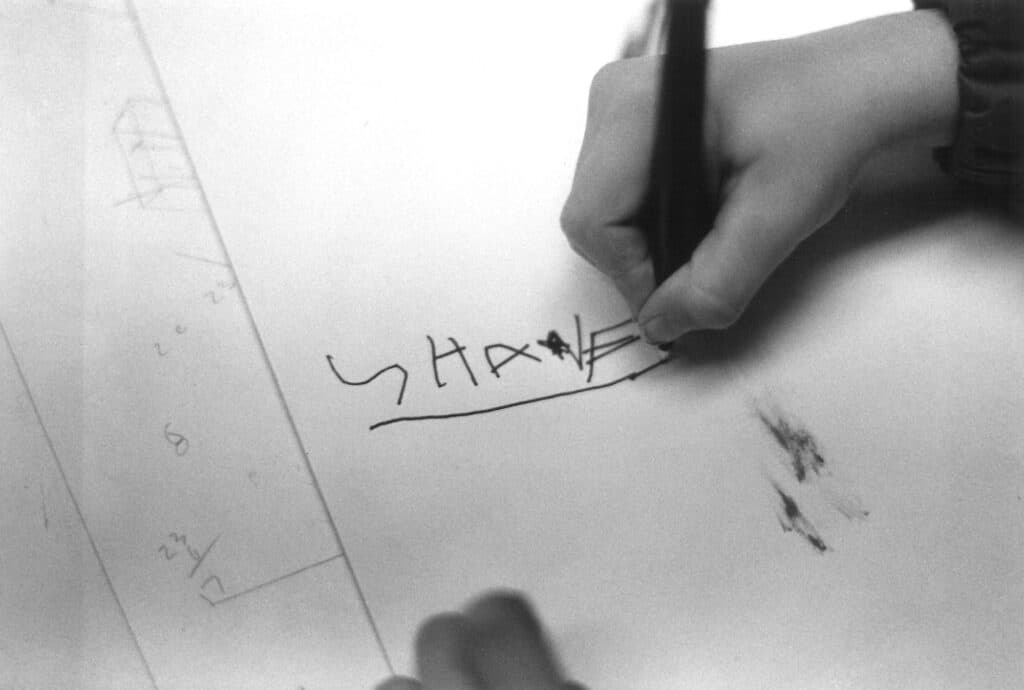
The “young Frenchie”
Before finding his true love in France in 1985, Bernard Plossu had traveled the world. First, he followed his own father into the Sahara and to Mexico. The young explorer arrived in the United States in the mid-1960s. Based in New Mexico, he visited the desert and the cities, traveling on foot or by train.
Just as counterculture was about to erupt on the scene and the Beat Generation readied to take the world by storm, Plossu photographed small western towns, the locals playing Indians and cowboys, solitary cars in the desert, hippies crossing paths with army recruiters as the war raged in Vietnam.
These settings echo the vernacular architecture immortalized by Ed Rusha, or more recent scenes such as those in Chloe Zhao’s film, The Rider. Like an ethnologist reporter, the “young Frenchie” (as Lewis Baltz liked to call him) puzzles at Americans in western United States.
These striking photographs, exhibited under the supervision of Marc Donnadieu, are well worth a trip to the Galerie du Jour Agnès b in the 13th Arrondissement in Paris. They also offer insights into the early career of a photographer who, echoing his friend Lisette Model, affirms that photography is not something you can learn.
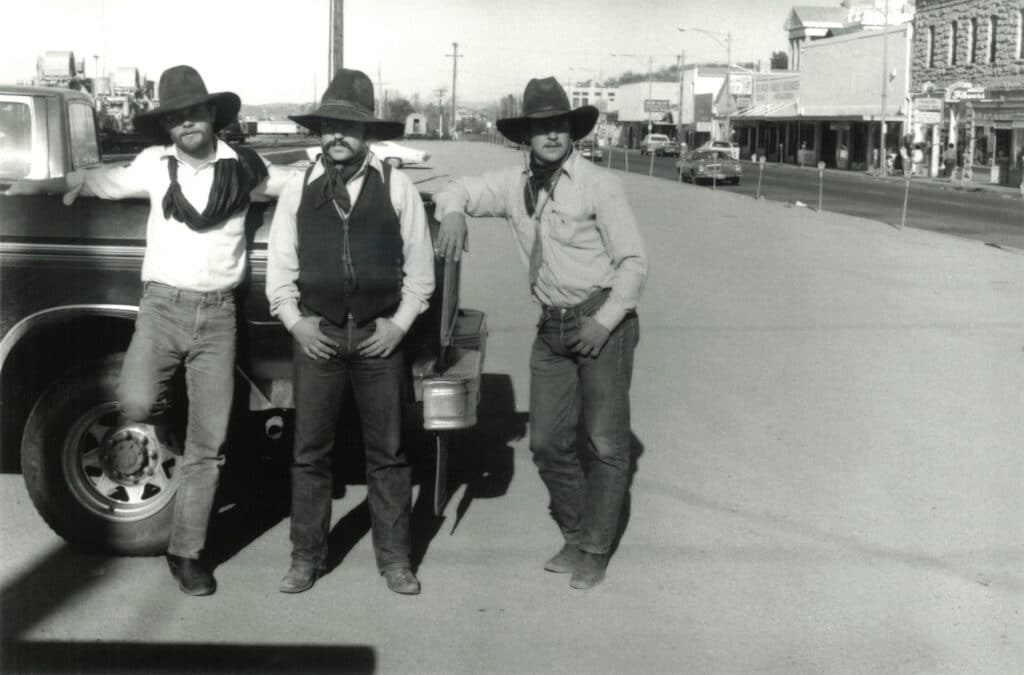
Cinema and interactions with other photographers: that was how Plossu picked up what he knows. Snubbing Leicas, he’s always worked with very rudimentary cameras. The scarcity of resources became his strength, even his trademark.
This form of creation informs not only his photography but also his pastels, his writing, and his films. This polymath is now preparing a portfolio of his pastel drawings, under the watchful eye of his loyal printer Guillaume Geneste, as well as, next fall, an exhibition, with Anatole Desachy**, of other little known photographs. “We are made, perhaps, for more than a single self,” said Henri Michaux.
Bernard Plossu, Les années américaines, Images inédites 1966-1985, [The American Years: Unpublished Images 1966–1985], Galerie du Jour Agnès b., March 24 to May 28, 2023
* Marcos Adandia’s Françoise & Bernard, a gem of a book about the couple, is forthcoming this summer.
** At the Atelier 36 Bastille, September 12 to 17, 2023.
To learn more, read Patrick de Haas’s article “Plossu experimental?!” in the latest issue of the journal Mettray.
